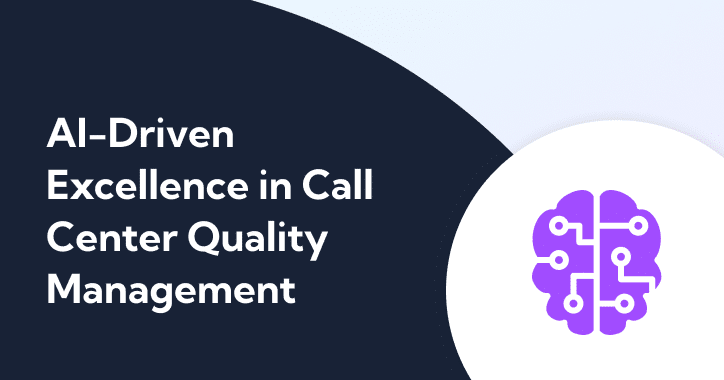Leadership is a hot-button topic across contact centers, especially at a time when nearly one-third of contact center agents are actively seeking new employment. With agents running the gamut of age ranges, markets, personal motivators, and yes, even compensation, what can leaders do to not only boost agent satisfaction and productivity but also reduce employee attrition?
The answer, as it always is, is that it depends. The Conversation Excellence Lab by Balto recently surveyed over 2,000 contact center agents and managers across more than a dozen industries to better understand their differences, similarities, and unique traits, and how these demographics influence the workplace. Here are just a few beneficial leadership tactics based on our findings.
1. Leverage an Assortment of Coaching Techniques
The average age of a contact center worker across all industries — including but not limited to Insurance, Home Improvement, Collections, and Retail — is 35 to 41-years-old. However, it’s not uncommon for agents at a contact center to skew into their early-20s or mid-50s, especially in an industry like Travel and Hospitality, which has the oldest average age.
Because of this expansive age range, coaching may not look the same between one agent and another. Rather, it may require a combination of techniques, including in-person, hands-on training and advanced technology like real-time coaching. For older or less tech-savvy folks, technology must remain as intuitive and seamless as possible for maximum adoption and comprehension.
2. Generate an Inclusive Company Culture
Company culture is not pizza parties or sporadic emails about team performance, it’s the attitude and behavior of everyone in the contact center, and how each employee interacts with one another. Company culture is what keeps agents and managers alike engaged with their job, and right now, that engagement is slipping on a nationwide scale, regardless of industry.
A whopping 74% of employees are actively disengaged from their current job, and low engagement teams are responsible for 18% to 43% higher turnover rates. To include and re-engage employees in company culture, it’s important to learn what’s motivating them. For some, it’s pay or to learn a new skill, and for nearly 10% it’s simply working with other people. Dig into your company demographics to create a culture that’s inclusive of all ages, genders, and career paths.
Extra effort should be made to connect remote workers, who may feel even more disengaged and isolated from other pockets within your organization.
3. Create Multiple Opportunities for Advancement
Speaking of motivation in the contact center, did you know that the primary reason that drives workers to join a contact center is an opportunity for advancement? Nearly a quarter of survey respondents are motivated by the possibility to climb the contact center ladder, with learning a new skill a close second in several industries. In other words, agents and managers are looking to grow.
These findings come in stark contrast to the median tenure for contact center workers, which is 4.16 years on average. Though on par with the national median tenure for workers, certain contact center industries, like Utilities, have a tenure of just 2.58 years. It’s not a leap to assume that workers leave because their expectations for advancement are not met, so be sure to provide multiple opportunities for workers to learn, grow, and succeed.
4. Compensate Each Employee Fairly
While opportunities for advancement and learning a new skill are top motivators for joining a contact center, another key driver of employment is pay — especially for survey respondents in the 45 to 54-years-old age frame. However, our survey discovered that similar to the concurrent pay gap in the United States, female contact center workers earn 84.8% of mens’ salaries, on average.
In fact, based on the salaries we’ve analyzed, the Government & Non-Profit industry has the largest pay gap, with an additional $32,500 favoring male salaries. Even more, this industry is one of the only that has exact equal parts male and female workers. With 17.54 of all survey respondents indicating pay as a motivator, women included, it’s time to compensate all employees fairly.
Looking for More Granular Insights?
The findings of our recent 7 Industry Insights for the Contact Center survey are now available. If you’re looking for more actionable insights for the contact center industry, be sure to subscribe to future Conversation Excellence Lab reports for access to industry surveys, academic partnerships, and reports backed by Real-Time Guidance call data provided by Balto.
On the hunt for your own real-time guidance call data to better guide contact center leadership? Balto is here to help, too. Book a demo today to learn more about our suite of AI-powered solutions, from Real-Time Guidance and QA to Real-Time Coaching, that can grow your contact center’s KPIs.






